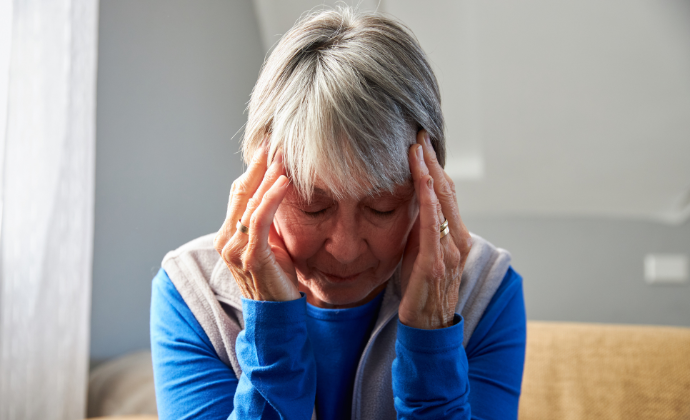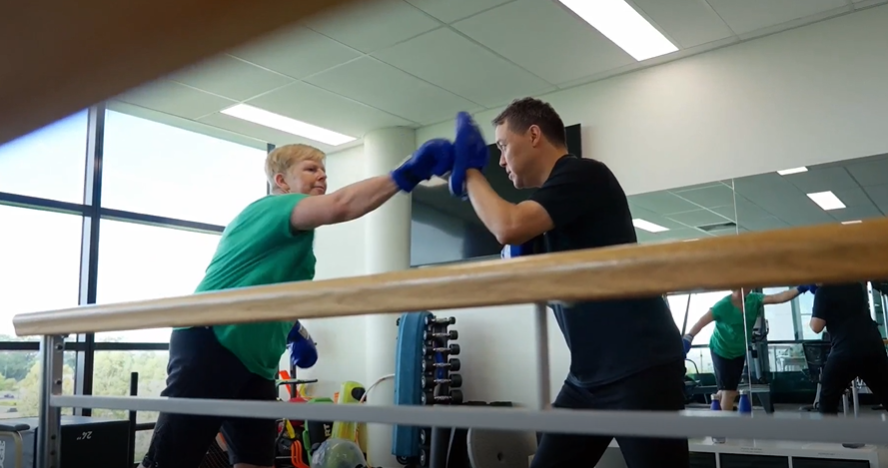Study Exposes Link Between Anxiety and Parkinson’s

Tips on Doing the Housework When You Have Parkinson’s
7th May 2025
Lessons I’ve Learned While Being a Parkinson’s Caregiver
8th May 2025Study Exposes Link Between Anxiety and Parkinson’s

Study Exposes Link Between Anxiety and Parkinson’s
A paper in the British Journal of General Practice reveals that the risk of developing Parkinson’s is twice as high for those with anxiety.
A team of researchers at the University College of London Institute of Neurology, led by Professor Anette Schrag, combed through the primary care data of nearly 1 million patients in the United Kingdom between 2008 and 2018.
Specifically, the researchers sought out the nearly 110,000 patients who developed anxiety after the age of 50. They then compared them to 878,256 matched controls without anxiety.
Subsequently, the study’s authors tracked the presence of the disease’s features, from trouble sleeping to balance impairment, “…from the point of their anxiety diagnosis up until one year before the date of a Parkinson’s diagnosis, to help them understand each group’s risk of developing Parkinson’s over time and what their risk factors might be.”
“Anxiety is known to be a feature of the early stages of Parkinson’s disease, but before our study, the prospective risk of Parkinson’s in those over the age of 50 with new-onset anxiety was unknown,” the paper’s co-lead author, Juan Bazo Alvarez, MD explained.
“By understanding that anxiety and the mentioned features are linked to a higher risk of developing Parkinson’s disease over the age of 50, we hope that we may be able to detect the condition earlier and help patients get the treatment they need.”
The researchers also confirmed that symptoms such as depression, sleep disturbance, fatigue, cognitive impairment, hypotension, tremor, rigidity, balance impairment, and constipation, are risk factors for anxiety sufferers.
“Anxiety is not as well researched as other early indicators of Parkinson’s disease,” co-lead author and UCL Queen Square Institute of Neurology Professor Anette Schrag added.
“Further research should explore how the early occurrence of anxiety relates to other early symptoms and the underlying progression of Parkinson’s in its early stages. This may lead to better treatment of the condition in its earliest stages.”
Sources:



